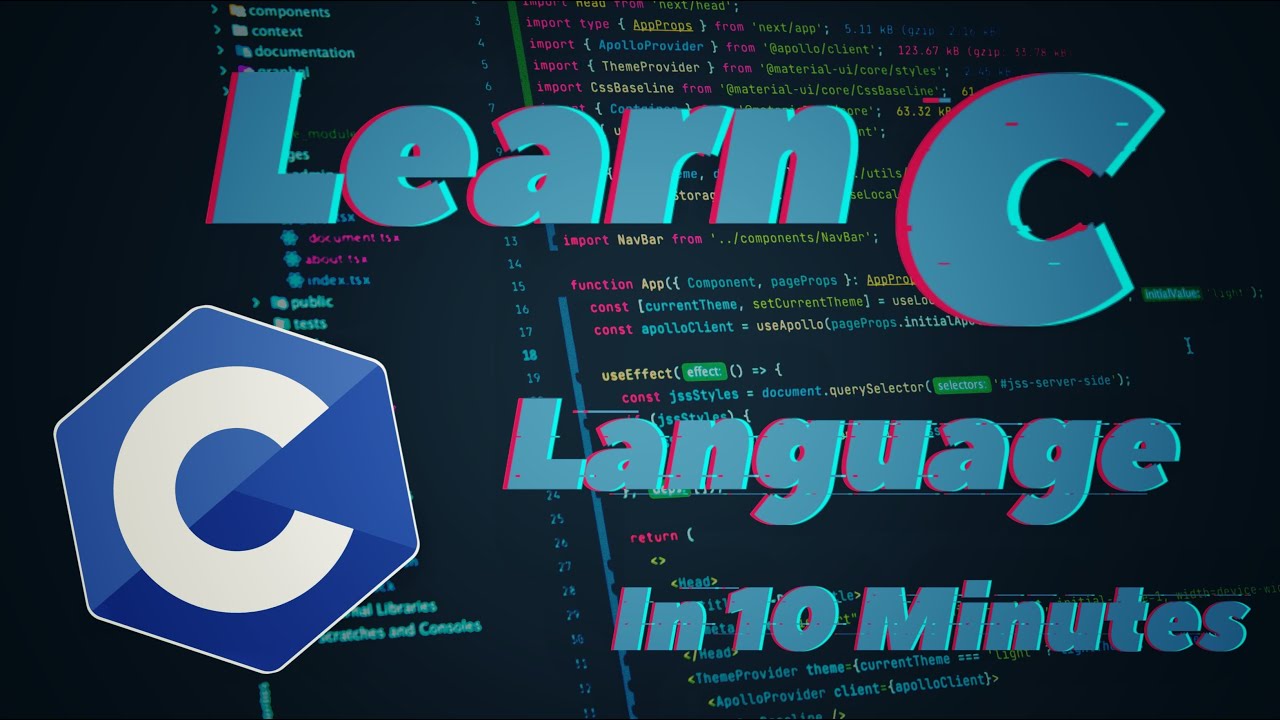Memahami Fungsi Array || Algoritma dan Struktur Data
Summary
TLDRThis video tutorial provides an in-depth explanation of arrays and their uses in programming, particularly within the context of algorithms and data structures. The instructor covers key concepts such as the difference between one-dimensional and two-dimensional arrays, the advantages of arrays over regular variables, and how to access array elements using indexes. The video also touches on multidimensional arrays, their memory allocation, and practical applications such as using arrays to store multiple data types in one variable. Furthermore, the instructor explores the concept of records (structs), explaining how they can store data of different types, and how arrays can be used within records to manage complex data structures.
Takeaways
- 😀 An array is a collection of data elements with the same type and name, allowing multiple values to be stored in one variable.
- 😀 Arrays can hold multiple values, unlike regular variables, which can store only a single value.
- 😀 The main advantage of using arrays is the ability to store multiple values within one variable, reducing the need for multiple variables.
- 😀 Array elements can be accessed using indices, allowing for easy retrieval of values, similar to accessing items in a drawer or cabinet.
- 😀 Arrays are efficient in memory allocation as they store data elements in contiguous memory locations, reducing memory fragmentation.
- 😀 In programming, array indices usually start from 0 in languages like C, while other languages like R may start from 1.
- 😀 There are two types of arrays: one-dimensional arrays (a single row of data) and two-dimensional arrays (structured like a table with rows and columns).
- 😀 A one-dimensional array is ideal for storing a simple list of data, while a two-dimensional array is useful for representing data in a tabular or matrix form.
- 😀 Multi-dimensional arrays, such as 2D arrays, require accessing elements by both row and column indices.
- 😀 Arrays in programming languages like C are declared with the type of data, followed by the array's name, and the size (number of elements).
Q & A
What is an array, and how is it different from a regular variable?
-An array is a collection of data elements, all of the same type, stored under a single variable name. Unlike a regular variable, which can hold only one value, an array can store multiple values, making it more efficient when dealing with large datasets.
What are the key advantages of using arrays over regular variables?
-The key advantages of arrays are that they can store multiple values of the same type under a single name, they allow random access to elements using indices, and they allocate memory in contiguous locations, which avoids memory fragmentation.
How are arrays accessed in programming?
-Arrays are accessed using indices, starting from zero in most programming languages. You can directly access an element by specifying its index, such as array[3] to access the element at index 3.
What is the difference between a 1-dimensional array and a 2-dimensional array?
-A 1-dimensional array is a single row of elements, while a 2-dimensional array consists of rows and columns, forming a table-like structure. The 2D array allows more complex data organization compared to a 1D array.
Can arrays in programming languages start their indices at a value other than zero?
-Yes, some programming languages, such as R, start array indices at one. However, most languages like C and Python use zero-based indexing.
How is memory allocated for arrays?
-Arrays allocate memory in contiguous blocks, meaning that all elements of the array are stored in adjacent memory locations. This reduces memory fragmentation and allows for efficient data retrieval.
What is the concept of multidimensional arrays, and how are they declared?
-Multidimensional arrays are arrays that contain other arrays, often used to represent matrices or tables. They are declared by specifying both the number of rows and columns, for example, `int array[5][3]` for a 5x3 array.
What is the purpose of a 'record' or 'struct' in programming?
-A record, also known as a struct, is a collection of different data types grouped together. Unlike arrays, which store multiple elements of the same type, records allow you to store a mix of data types, making them suitable for representing more complex entities.
How can records and arrays be combined in programming?
-Records and arrays can be combined in several ways. For example, you can have an array of records, where each record contains multiple fields with different data types. This allows you to store complex data structures more efficiently.
How are data elements within an array or record accessed in programming?
-For arrays, elements are accessed using indices, for example, `array[2]`. For records, elements (or fields) are accessed using dot notation, for example, `record.name` to access the 'name' field of a record.
Outlines

This section is available to paid users only. Please upgrade to access this part.
Upgrade NowMindmap

This section is available to paid users only. Please upgrade to access this part.
Upgrade NowKeywords

This section is available to paid users only. Please upgrade to access this part.
Upgrade NowHighlights

This section is available to paid users only. Please upgrade to access this part.
Upgrade NowTranscripts

This section is available to paid users only. Please upgrade to access this part.
Upgrade NowBrowse More Related Video

#1 Pengantar Struktur Data | STRUKTUR DATA

CS102-1 Module 1.1 Video Presentation

DSA 1.4 Arrays: Single & Multidimensional Array with Examples

algorithms and programming: simple gcd

93. OCR A Level (H446) SLR14 - 1.4 Data structures part 2 - Graphs (operations)

Learn C Language In 10 Minutes!! C Language Tutorial
5.0 / 5 (0 votes)